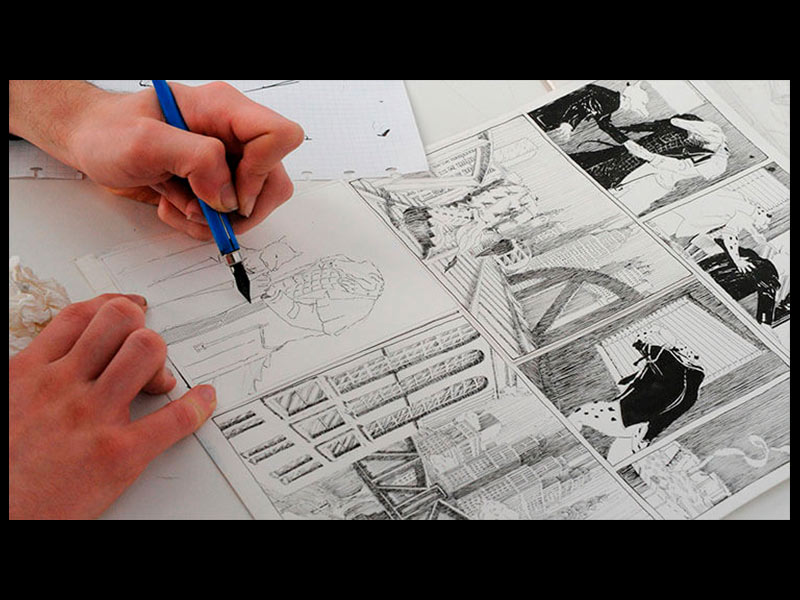Making a film takes a lot of time and dedication. It is not something that can be done overnight, but instead it requires good planning that often takes months. Metaphorically, we can compare it to chefs when they prepare to make an exquisite dish, and they check beforehand if they have all the necessary ingredients. Therefore, it is ideal to have everything prepared before starting to shoot the film so as to avoid setbacks, reduce the margin of error to the maximum, and avoid the so used phrase “we’ll fix it in post-production.”
But why is the pre-production stage so important to the point that the film's success is sometimes attributed to it? As its name implies, pre-production is the stage that comes before production and its correct realization and implementation can result in the success or lack of it of our final product: the film.
What are the benefits of a good pre-production? It serves to help optimize costs and therefore the total project budget. It also allows us to organize the scenes to be filmed, in what way, where, etc., to avoid the unnecessary ones during shooting. In fact, experts say that it is more expensive to correct mistakes during or after shooting than before. As a second benefit, we can say it helps to organize time since, as we know, time is money. And finally, by planning in such detail prior to shooting, we will make sure that everything is captured and reflected as we had it in mind - or at least as faithful as possible to our idea.
What do we do at this stage? First, once we have the script written, we carefully review it considering the following points: are we speaking to the correct audience?; has the final script on which we are going to start shooting been approved by the producers, the director, the client and other people involved?; are we clear about the budget we have for the total project as well as the budget for each of the areas? Second, a script breakdown takes places. At this point, it is determined how many scenes are in the script and how many departments will be involved in each of them - costumes, makeup, special effects, props, actors, among many others. The third step would be a soft list, for which it is advisable to use bibliographic cards to write down the type of shot, the position, the characters involved, the description of their movements, the time and the day on which the shot will take place, the description of the movement on camera, and the general description of the scene. Fourth, the storyboard, which is a set of illustrations shown in sequence that servers as a guide to understand a story. To do this, we can rely on all the details that we have written in the soft list. There are even programs where we can digitally visualize the entire storyboard from beginning to end to corroborate if there is something missing or to be removed. As a fifth step, the audition of actors begins, the search or scouting of locations is done, and all the instruments and tools to be used are listed. The next step is to group all the shots in the same day according to locations to optimize, once again, times and costs. For this reason, movies are not usually shot in the order we end up watching them. Therefore, it is always a good idea to have someone who supervises the continuity of the shots, so that for example, an actress doesn’t wear a different dress in a scene that is supposed to take place on the same day. The last step is the call sheet, a document with the programming or itinerary of the different activities each area has to carry out during the shooting.
Now we are ready to shoot!
Image: Google
